Physiotherapy for Lower Back Pain



Lower back pain is one of the leading causes of pain and disability around the world. Physiotherapy is very effective at managing the pain and dysfunction associated with problems in this area. Read on to see answers to a number of common questions and how physiotherapy can help you.
The lower back or “lumbar spine”, consists of 5 vertebrae (bones) in the lowest part of the spine. Lower back pain is a common condition that most of us will experience at some stage in our lives.
There are several different causes of lower back pain, with the vast majority of cases being of musculoskeletal origin without any serious structural damage. These cases respond very well to physiotherapy, which will usually include manual therapy, exercises and activity/postural modifications.
Very rarely, a person’s lower back pain may be a symptom of a more serious underlying problem. In such cases, a physiotherapist is able to assess the problem and refer to the correct medical practitioner for appropriate care.
What is causing my lower back pain?
In many cases of lower back pain, it is difficult to identify exactly which structure is causing the pain. During our examination, the first step will be to rule out anything serious. We will test the spine’s function and decide where there are restrictions in movement or muscle contraction. Back pain is usually caused by a combination of structures and movement patterns rather than one specific joint, disc or muscle. Therefore, trying to pinpoint one specific structure as the cause of the symptoms is often misleading. We base our treatment both on the presenting symptoms as well as movement and activation patterns of the back. We aim to improve function, leading to an immediate reduction in pain and restore normal pain-free movement. There are other factors that are frequently associated with lower back pain, particularly when a person has longstanding or recurrent symptoms. These may include poor sleep quality, stress, low fitness, problems at work/home or other sicknesses and medical conditions. These factors can bring on episodes of back pain or increase symptom severity. Physiotherapists understand the complexities of lower back pain and try to address all the contributing factors in our treatment.
I also have pain in my buttock or running down my leg from my back. What does that mean?
Leg symptoms associated with lower back pain, often referred to as “sciatica”, can be due to either somatic referred pain or radicular referred pain, both of which are described below. Physiotherapists are trained to use specific tests to determine the cause of leg symptoms and treat them appropriately.
- Somatic referred pain is the most common cause of leg symptoms in patients with lower back pain and is often the cause of pain in the buttock or back of the thigh. The symptoms are due to referred pain, where the pain sensations from the lower back are mixed with the sensations from the leg. In this case there is no direct compression or irritation of the nerve roots that exit the spine, it is simply due to “cross-talk” between the sensory nerves coming from the muscles/joints of the back and those coming from the muscles/skin of the legs. This phenomenon occurs in many other areas of the body, such as shoulder symptoms with neck pain or thigh/knee symptoms with hip pain. Somatic referred pain is not associated with any loss of sensation or weakness in the legs.
- Radicular referred pain is the term used to describe symptoms in the leg that are due to compression or irritation of a nerve root in the lower back. The nerve root may be physically obstructed by a disc, bone or ligament in the spine, or may be irritated by the inflammatory chemicals that are associated with an injury to one of these structures. Pain in the leg will often follow a “dermatomal” pattern, where the symptoms travel in a line from the lower back down to the foot. There may also be numbness of the skin or weakness of the muscles that are supplied by affected nerve root. It is essential that radicular referral pain is assessed thoroughly by a trained professional such as a physiotherapist, as these nerve injuries can lead to weakness that can be longstanding.
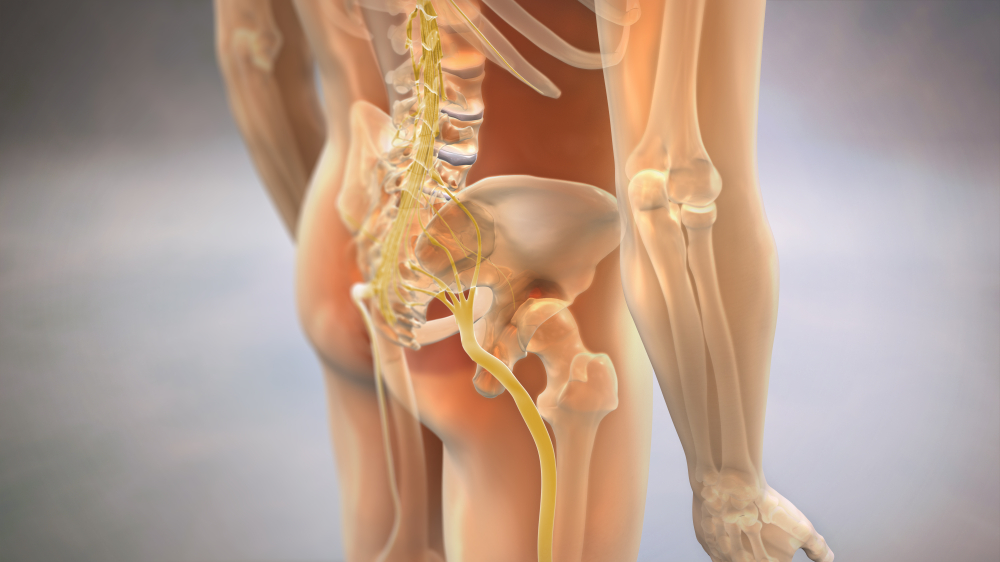
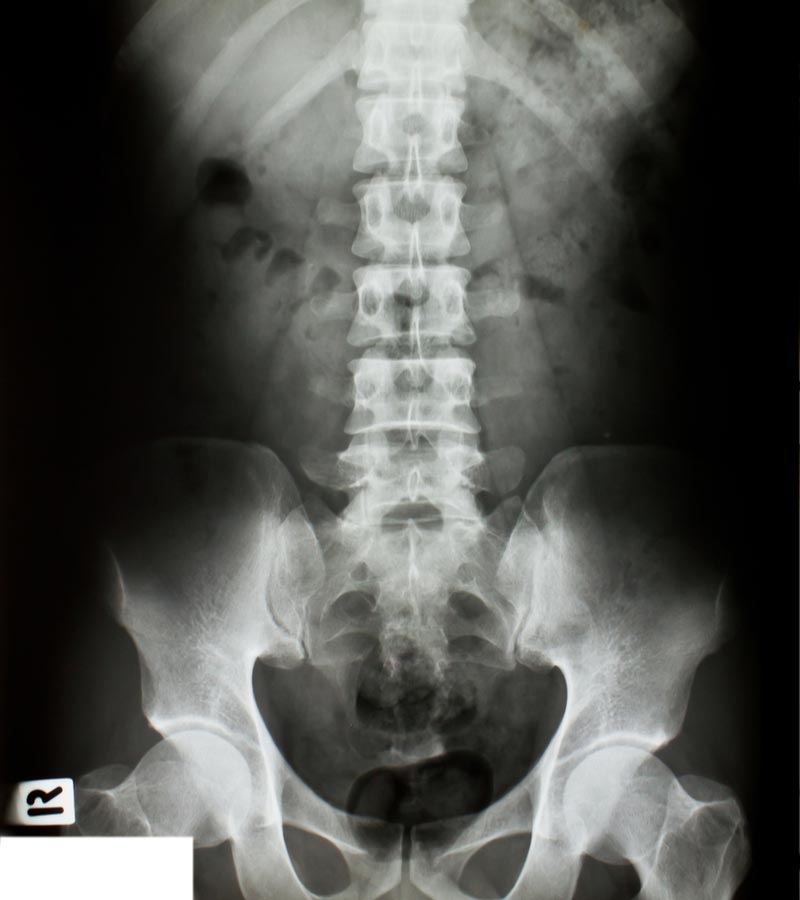
Should I get a scan for my lower back pain?
For the vast majority of people a scan is unnecessary. For most cases of lower back pain, a comprehensive physiotherapy assessment provides all the information we need to treat your pain effectively.
Imaging of the lower back can sometimes be confusing. We know that many abnormalities seen on scans do not actually cause symptoms, and many people without lower back pain will have similar ‘abnormalities’. One large scientific study found that 50% of people over the age of 30 WITHOUT back pain had disc problems! And that prevalence increased with age. If we treated everyone based solely on what was evident on the scan, the real problem could be missed and hence would not improve. In cases where our examination indicates a serious pathology, we will refer you for a scan and/or to a specialist for further examination.
How can physiotherapy help my lower back pain?
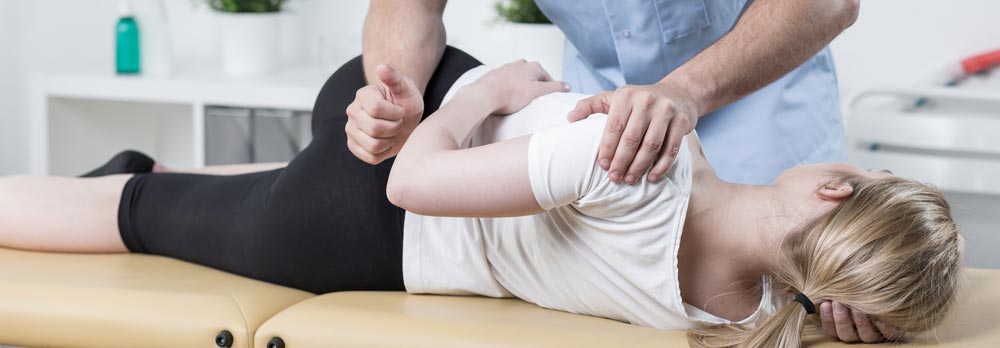
Physiotherapy is one of the most effective methods for the treatment of lower back pain. There is a large amount of research to support the techniques that we use. Most cases of lower back pain respond well to a program of manual therapy and graded exercises. Manual therapy can include massage, and joint mobilisations and manipulations. These techniques reduce pain and help to restore movement. The exercise program typically includes a combination of range of motion and mobility exercises, trunk and leg strengthening exercises, and a gradual return to activities. Physiotherapists can also use other forms of treatment such as acupuncture, taping and TENS.
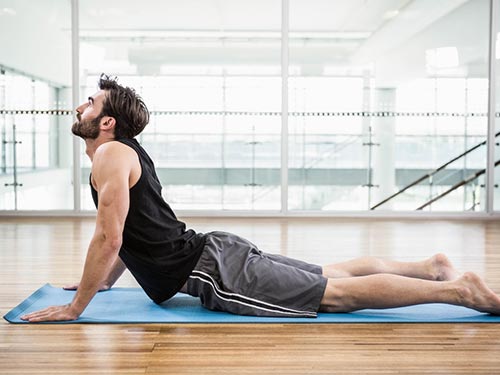
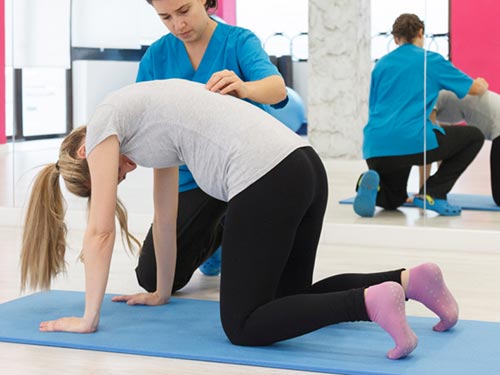
I have lower back pain right now, what should I do?
First, try to modify any factors that aggravate your symptoms, such as prolonged sitting at work or repeated lifting. Try to keep active and moving within the limit of your symptoms, standing and walking on a regular basis throughout the day. Book an appointment with one of our physiotherapists at Glebe Physio to assess your symptoms and start a rehabilitation program today.
Get Active!
For more, visit our Frequently Asked Questions page.
If you would like to ask a question about our services or anything else, visit our Contact Us page to get in touch.
If you are ready to make an appointment, visit our make a booking page and let us help you with your fitness or recovery.

